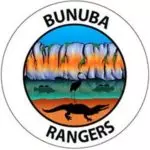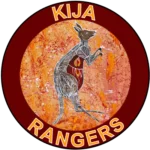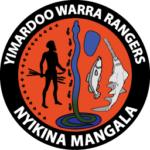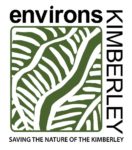The greater bilby (Macrotis lagotis) is an iconic threatened Australian mammal of high cultural importance to Traditional Owners. Bilbies have an important ecological role as ecosystem engineers in arid environments through beneficial digging and soil turn-over, and the habitat this creates.
The species is suffering an ongoing decline in range and abundance, attributed to a number of threats including predation by feral cats and foxes, inappropriate fire regimes, and habitat degradation through introduced herbivores and land clearing. The Fitzroy River catchment in Western Australia’s Kimberley region is believed to be a stronghold for bilbies but until now, there have been no coordinated, systematic surveys or monitoring to confirm this.
This project aimed to increase knowledge of the occupancy, abundance and distribution of bilbies in the Fitzroy River catchment, and identify on-ground management actions to alleviate key threats. Our research will help to inform bilby recovery planning and threat abatement programs. Our results will also support evidence-based land-use planning and environmental impact assessment processes.
In partnership with Indigenous rangers, this project:
Bilby occupancy across the area, coupled with large areas of potentially suitable habitat, confirms the Fitzroy River catchment as important for the continued survival of bilby populations. The widespread presence of threats to bilbies (foxes, cats and introduced herbivores) also highlights the need for management actions to protect bilbies from these threats.
Our study provides a flagship example of the partnership between modern science and traditional biocultural knowledge to deliver new knowledge critical for informing the effective conservation of a cultural icon. 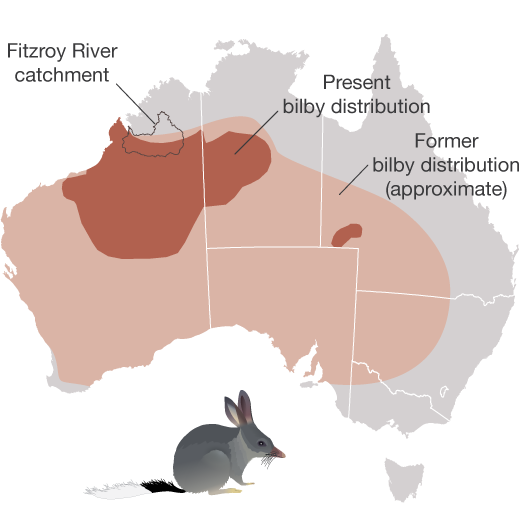
The greater bilby once occurred over much of arid Australia. Data source: IUCN.
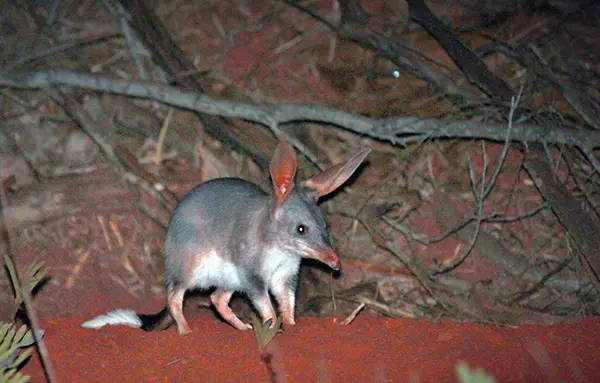
Adult bilby captured on a remote camera during the bilby abundance surveys. Photo: WA DBCA.
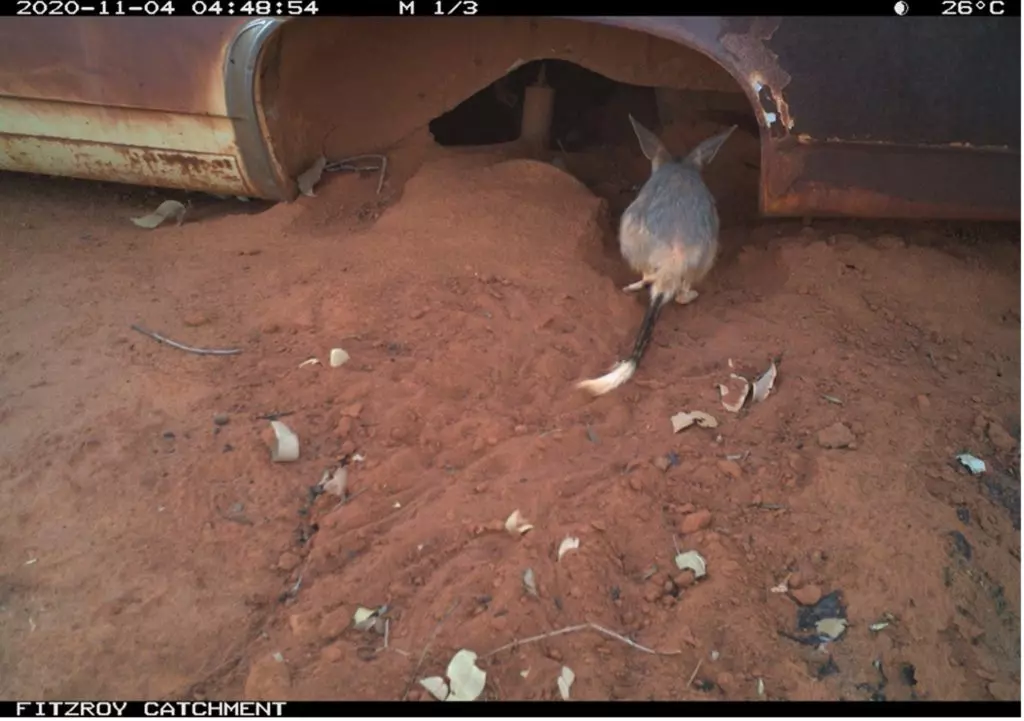
Adult bilby captured on a remote camera during the bilby abundance surveys. Photo: WA DBCA.
This project was led by the team at the Western Australia Department of Biodiversity, Parks & Attractions (DBCA). The team was assisted by Environs Kimberley, Traditional Owner ranger teams and the Kimberley Land Council.
This project was completed in December 2021.
Contact
Dr Lesley Gibson, WA Dept of Biodiversity, Conservation & Attractions
lesley.gibson@dbca.wa.gov.au
08 9219 9069

